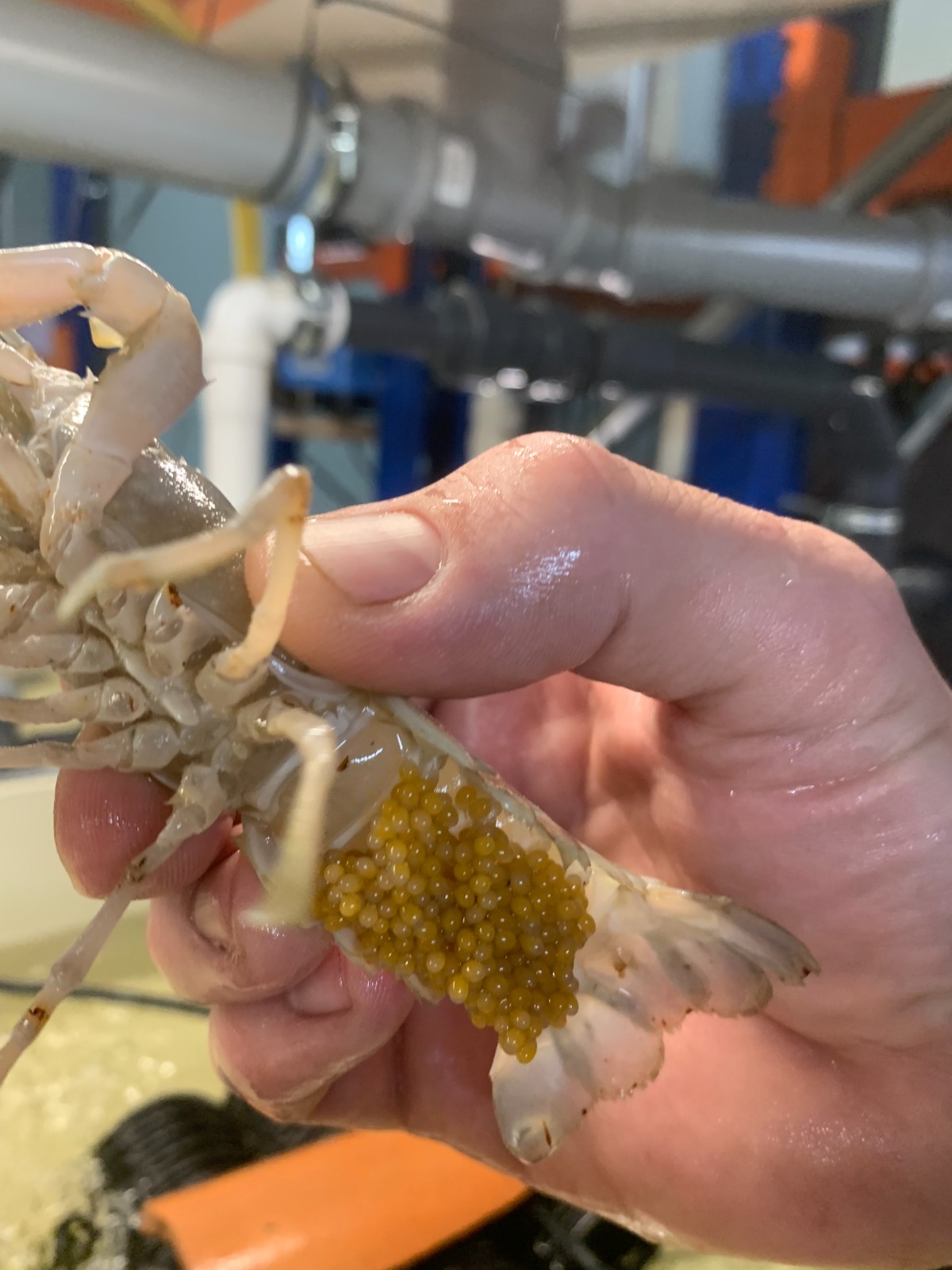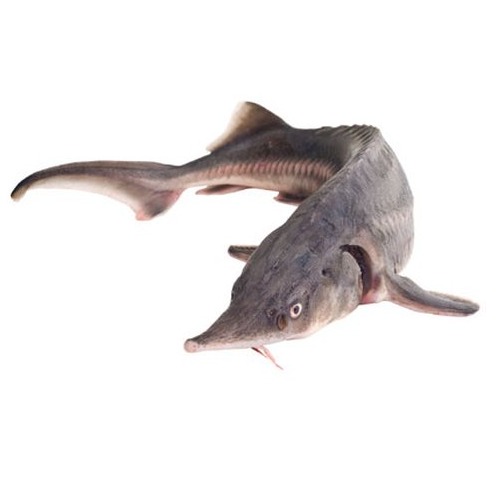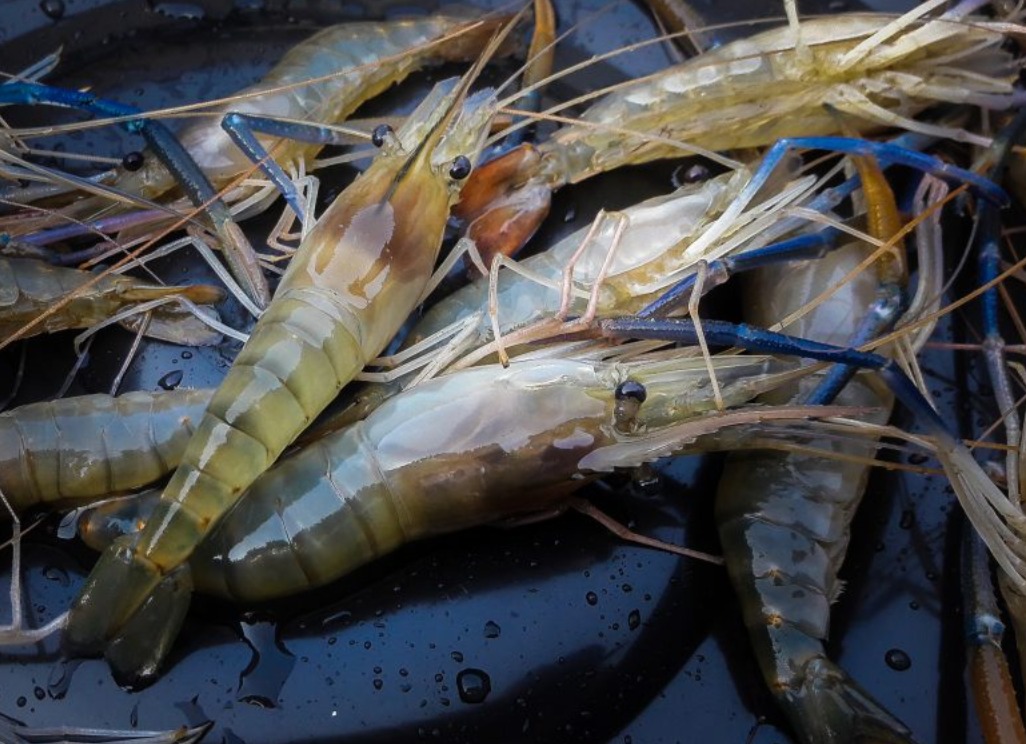Crawfish
Cherax quadricarinatus
Redclaw Crayfish is considered a delicacy, compared favorably with other commonly eaten marine crustaceans. The meat is arguably more healthy than traditional seafood, however, since it is low in fat, cholesterol, and salt.
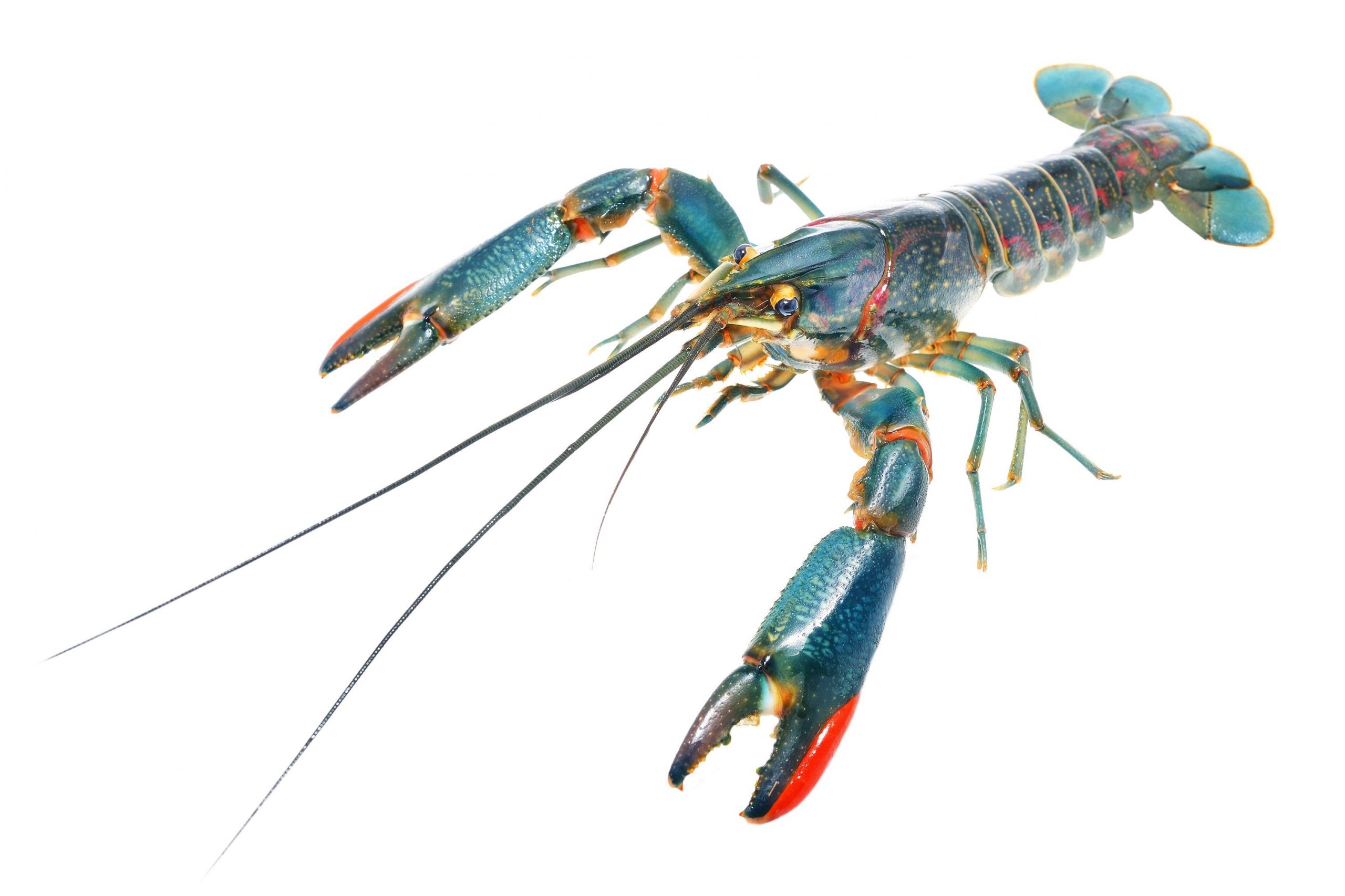
About Crawfish
Blue Australian Crawfish (Cherax quadricarinatus):
Known by several common names, including Australian red claw crayfish, redclaw, tropical blue crayfish, and freshwater BlueClaws crayfish is an Australian freshwater crayfish.
Cherax quadricarinatus may reach a total length of about 250 mm (9.8 inches) and weigh up to 600 grams.
May also be seen on sale as the Blue Lobster.
Redclaw Crayfish is considered a delicacy, compared favorably with other commonly eaten marine crustaceans. The meat is arguably more healthy than traditional seafood, however, since it is low in fat, cholesterol, and salt.
Sturgeon
Sterlet Acipenser
The Sterlet Acipenser ruthenus is a freshwater species and is the smallest species of sturgeon. It reaches sexual maturity in just 3-8 years with an average life span of 15 years. It originally inhabited the rivers of Eurasia, being widely distributed in rivers flowing into the Caspian, Black, Baltic, White, Barents and Kara Seas and the Sea of Azov. In the Russian Federation, populations are now thought to be virtually extirpated from three Siberian rivers, Ob’, Irtysh and Yenisey, being currently found mainly in the Volga River.
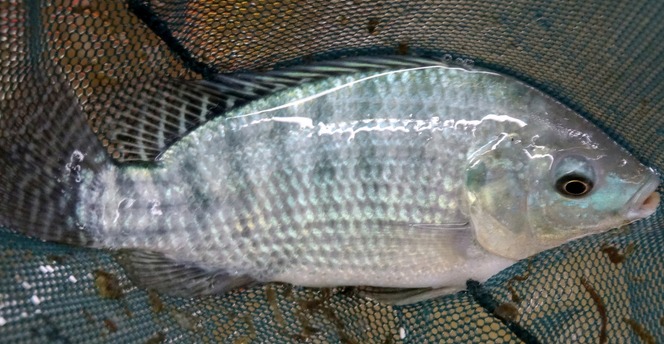
Tilapia
Oreochromis niloticus
The culture of Nile tilapia can be traced to ancient Egyptian times as depicted on bas-relief from an Egyptian tomb dating back over 4000 years, which showed the fish held in ornamental ponds. While significant worldwide distribution of tilapias, primarily Oreochromis mossambicus, occurred during the 1940s and 1950s, distribution of the more desirable Nile tilapia occurred during the 1960s up to the 1980s. Nile tilapia from Japan were introduced to Thailand in 1965, and from Thailand they were sent to the Philippines.
Nile tilapia from Cote d’Ivoire were introduced to Brazil in 1971, and from Brazil they were sent to the United States in 1974. In 1978, Nile tilapia was introduced to China, which leads the world in tilapia production and consistently produced more than half of the global production in every year from 1992 to 2003. The uncontrolled breeding of tilapia in ponds, which led to excessive recruitment, stunting and a low percentage of marketable-sized fish, dampened the initial enthusiasm for tilapia as a food fish. The development of hormonal sex-reversal techniques in the 1970s represented a major breakthrough that allowed male monosex populations to be raised to uniform, marketable sizes. In addition, research on nutrition and culture systems, along with market development and processing advances, led to rapid expansion of the industry since the mid 1980s. Several species of tilapia are cultured commercially, but Nile tilapia is the predominant cultured species worldwide.
Shrimps
Distinguishing characters
Macrobrachium rosenbergii is the largest Macrobrachium species. The maximum recorded size for males and females are 33 cm and 29 cm, respectively. The cephalothorax consists of 5 indistinct segments in the head and eight in the thoracic region. The abdomen has six distinct segmented movable terga. Each abdominal segment has a pair of biramous pleopods (swimming legs). Eyes compound. Cephalothorax with 2 pairs of antennae, 3 pairs of jaws, 3 pairs of maxillipids and 5 pairs of walking legs. The second and largest abdominal tergum laterally overlaps the first and the third. Dorsal surface of abdominal carapace smooth and rounded. Rostrum is slender and curved upwards.
Partners




